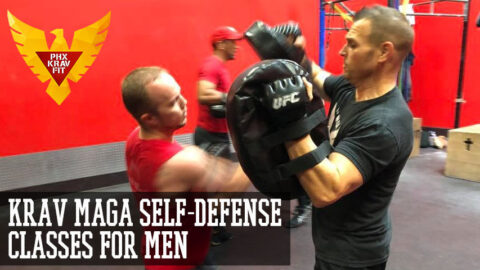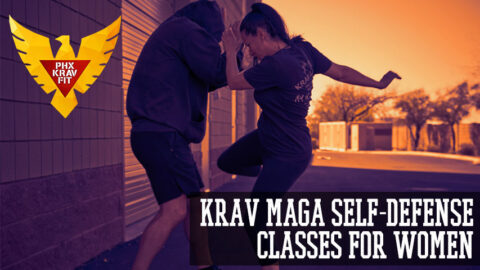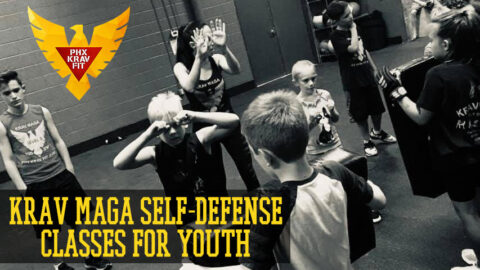Close Quarters
3 Moves I Taught the Navy
Awhile back, I was brought in by the Navy to simplify what the cadets were being taught along the lines of their self-defense. I focused on three moves that could help them fight outside of their weight, strength and even skill class, with minimal time invested in train-ing. The other parameters of why I used these moves centered around a range of fighting known as ''close quarters.'' It is the distance just outside of grappling range and just inside of boxing range, so you are about one or two feet away from your partner.
This range is so powerful to learn because most fights and altercations end up there at some point. Take a look at a boxing match, wrestling bout, MMA fight or any street attack situation. Close quarters also hits on what I call the ''trif ecta of training''. Meaning, it is easy to learn, train and maintain. I've always had the opinion that if you can't learn a move proficiently in under an hour at most, ditch it, because in a real-life situation it will probably be too difficult to remember. That is why all self-defense moves should be easy to learn.
We tested these moves with a primary class of about 30 students, where I taught them the same simple self-defense moves that I will share with you here. The first move I taught was the el bow strike. To set this move up, you must bend your arm, raise your elbow above your head and then strike it in a downward diagonal angle. Using it against the opponent's temple and side of face can cause substantial damage and even a knockout.
The second move is the headbutt. I know we've all seen Hollywood throw a million headbutts. But, we're not talking about cocking our head back and then using our forehead to strike a target. Instead, what we're doing in order to throw a proper headbutt is to use the top of our head by pulling an attacker's face into it. In this case, we're using the opponent's softest, most vulnerable target, the face, against our hardest surf ace, the top of our head (not our forehead.)
Lastly, I taught them the knee strike. Launching a knee up into the groin or lower abdomen area is not only easy, but extremely painful to your attacker. This low line move can be used regardless of height differences and deliver incredible power from even the smallest practitioners. Simply firing your knee at a diagonal angle upwards, while leaning your body slightly backward for balance, is all that is needed to use this move defensively or offensively.
These moves are not the end all of self-defense, but can give you a solid foundation to fight off attackers of any size. Basing your foundation on close quarters moves gives you a lot of leverage in exchange for minimal training.



